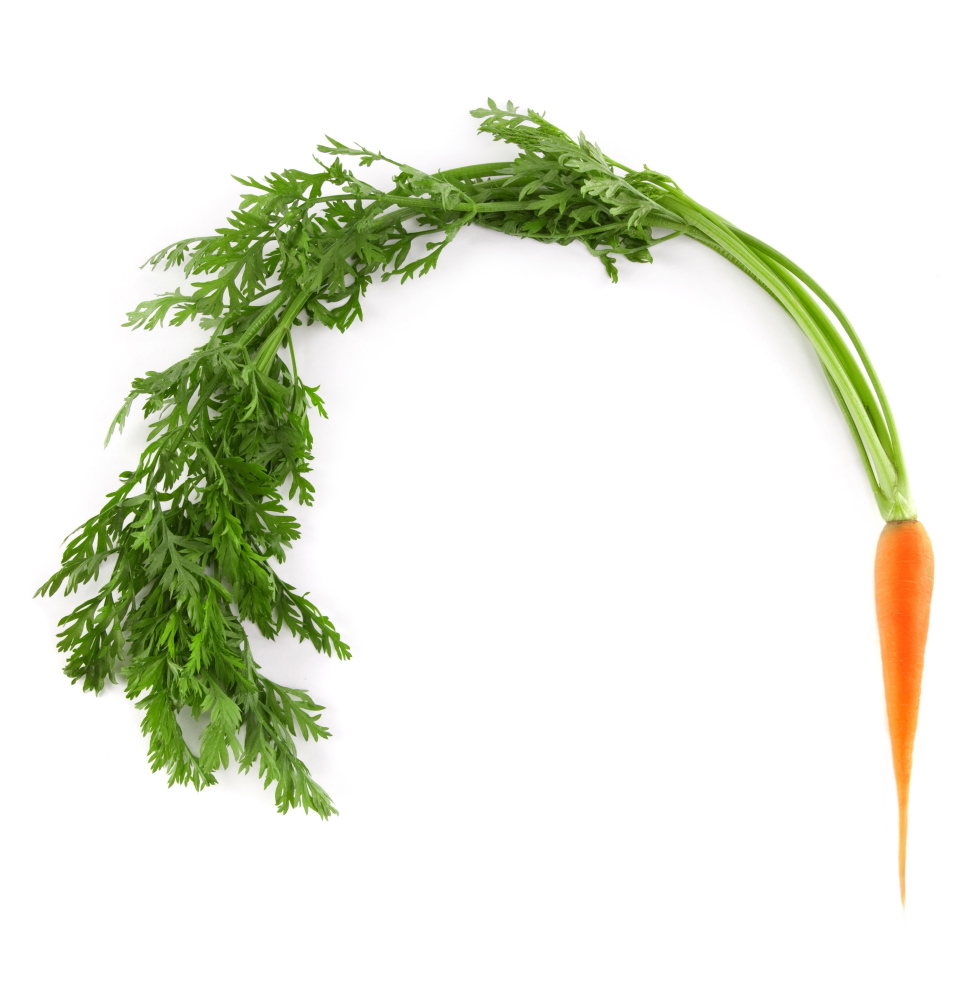It’s time to plant carrots. In all honesty, that statement is true anytime from mid-April to mid-August. Carrots are the perfect crop for succession planting, especially if you love baby carrots that are about 3 inches long – sweet, tender and tasty.
An aside here: The small carrots you buy in a plastic bag at the grocery store are not really baby carrots. They are usually big carrots ground down to be small. They are also woody, tasteless and probably lacking in nutrition. Grow your own or go to a local farm stand.
Carrots prefer loose, sandy and fertile soil – preferably with few rocks. Despite the many years I’ve sifted the carrot patch before planting, the next year more rocks materialize. It’s a mystery.
Seed packet instructions vary on what depth to plant the seeds. On a packet for Sugarsnax, Fedco says a half-inch, and Pinetree allows a quarter-inch for Adelaide (which last year produced the best carrots I’ve ever grown). Allen Sterling & Lothrop, for Imperator, instructs gardeners to use just enough soil to anchor the tiny seed, which is the method I use. I rake the soil smooth, spread some seed, and lightly rub my hand on top of it. That’s enough.
Carrots need a lot of water, so if it’s been a few days since the last rain (which seems to be the case this spring), get a watering can and dampen them.
With carrots, thinning is the most important task. You can’t help putting down too much seed. So when the seeds sprout in about three weeks, thin the plants until they are 2 or 3 inches apart. That’ll give them room to grow.
Carrots should be ready to harvest nine to 10 weeks after planting. Eat them raw, boiled, steamed and roasted – all the way through the winter, if you’ve planted enough.
— Tom Atwell
Copy the Story LinkSend questions/comments to the editors.



Success. Please wait for the page to reload. If the page does not reload within 5 seconds, please refresh the page.
Enter your email and password to access comments.
Hi, to comment on stories you must . This profile is in addition to your subscription and website login.
Already have a commenting profile? .
Invalid username/password.
Please check your email to confirm and complete your registration.
Only subscribers are eligible to post comments. Please subscribe or login first for digital access. Here’s why.
Use the form below to reset your password. When you've submitted your account email, we will send an email with a reset code.